Here is a list of fertilizers commonly used in agriculture, based on their chemical composition:
Nitrogen
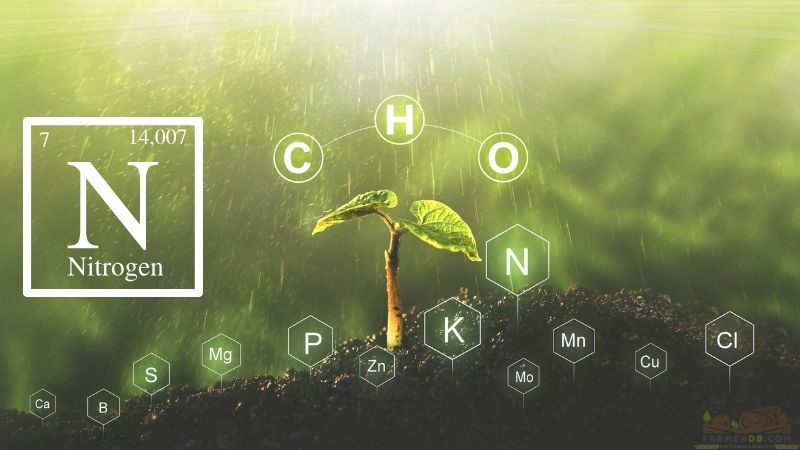
These fertilizers primarily supply nitrogen (N), which is essential for vegetative growth and leaf development.
- Urea (46-0-0) – A highly concentrated nitrogen fertilizer.
- Ammonium Nitrate (34-0-0) – Provides nitrogen and is commonly used for quick-release applications.
- Ammonium Sulfate (21-0-0) – Supplies nitrogen and sulfur, beneficial for plant growth and protein synthesis.
- Calcium Nitrate (15.5-0-0) – Contains nitrogen and calcium, supporting root growth and plant structure.
- Anhydrous Ammonia (82-0-0) – A concentrated nitrogen fertilizer used primarily for soil injection before planting.
Phosphorus
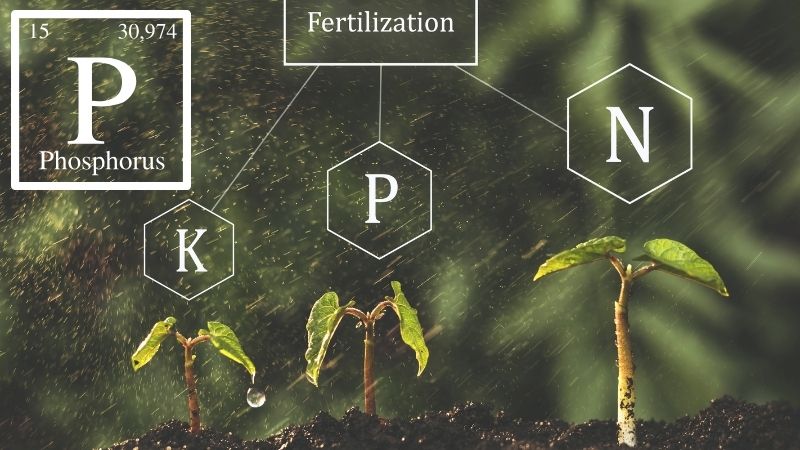
Phosphorus fertilizers supply phosphorus (P), which is crucial for root development, energy transfer, and flowering.
- Monoammonium Phosphate (MAP) (11-52-0) – A common fertilizer with nitrogen and phosphorus.
- Diammonium Phosphate (DAP) (18-46-0) – Contains both nitrogen and phosphorus, used for general fertilization.
- Superphosphate (0-46-0) – A simple phosphorus fertilizer that promotes root growth.
- Triple Superphosphate (0-46-0) – A highly concentrated form of phosphorus fertilizer.
Potassium
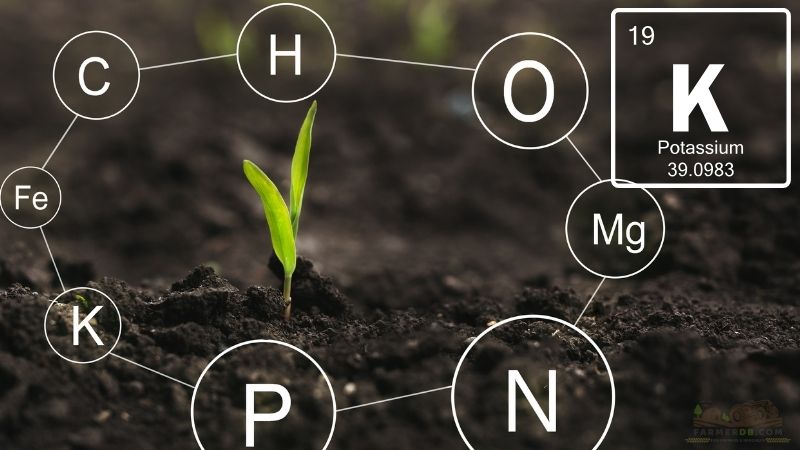
These fertilizers provide potassium (K), which is vital for plant health, disease resistance, and drought tolerance.
- Potassium Chloride (KCl) – The most common source of potassium, also known as muriate of potash.
- Potassium Sulfate (K2SO4) – Provides both potassium and sulfur.
- Potassium Nitrate (13-0-44) – A source of potassium and nitrogen, often used for fertigation.
Calcium

Calcium is essential for strong cell walls, root development, and regulating pH in plants.
- Calcium Nitrate (15.5-0-0) – A common fertilizer providing both calcium and nitrogen.
- Gypsum (Calcium Sulfate) – Supplies calcium and sulfur, used to improve soil structure.
Magnesium
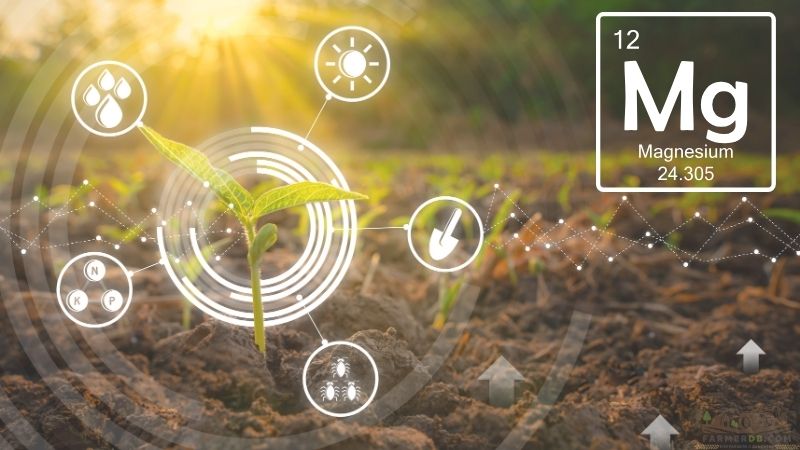
Magnesium is essential for chlorophyll formation and photosynthesis.
- Magnesium Sulfate (Epsom Salt) – A common magnesium and sulfur fertilizer.
- Dolomitic Lime – Supplies both calcium and magnesium, improving soil structure and pH balance.
Sulfur
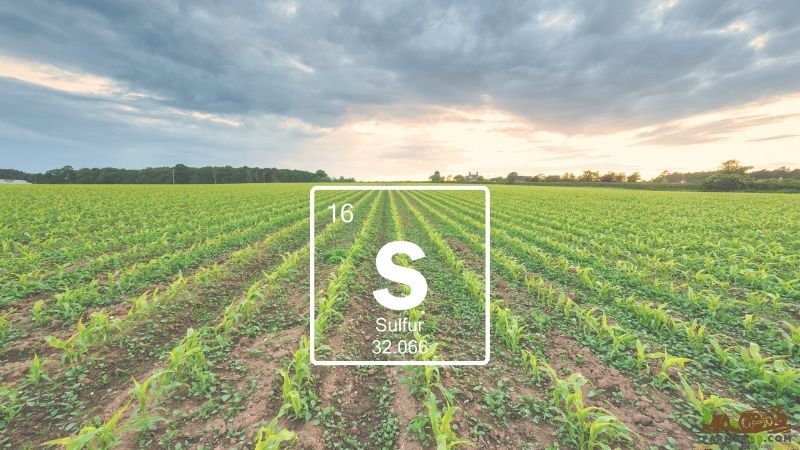
Sulfur aids in protein synthesis and improves the effectiveness of nitrogen.
- Ammonium Sulfate (21-0-0) – Provides nitrogen and sulfur, commonly used for both nutrition and soil pH management.
- Potassium Sulfate (K2SO4) – Provides both potassium and sulfur.
- Elemental Sulfur – Often used to lower soil pH and provide sulfur to plants.
Micronutrient
These fertilizers supply essential trace elements required in small amounts for plant growth.
- Zinc Sulfate – Supplies zinc, which is necessary for enzyme function and growth.
- Copper Sulfate – Provides copper, which is involved in photosynthesis and enzymatic processes.
- Iron Chelates – A source of iron used to correct deficiencies, especially in alkaline soils.
- Manganese Sulfate – Supplies manganese, vital for photosynthesis and growth.
- Boron – Essential for cell wall formation and reproductive development.
Blended Fertilizers
These are fertilizers that combine two or more nutrients, usually nitrogen, phosphorus, and potassium (NPK), in varying ratios.
- NPK Fertilizers (e.g., 10-10-10, 20-20-20) – Balanced fertilizers that provide all three macronutrients.
- Custom Fertilizer Blends – Made to meet specific crop needs or soil conditions by adjusting the N-P-K ratios.
Use
Here are a few common fertilizers used in agriculture:
- Urea – A nitrogen-rich fertilizer commonly used to enhance plant growth.
- Ammonium Nitrate – A quick-release nitrogen fertilizer used for rapid growth.
- Superphosphate – A phosphorus-based fertilizer that helps with root development.
- Potassium Chloride (Muriate of Potash) – A potassium-rich fertilizer used to improve water retention and disease resistance.
- NPK Fertilizer – A balanced fertilizer containing nitrogen (N), phosphorus (P), and potassium (K) for general plant health.
- Compost – Organic matter used to improve soil fertility and structure.
- Calcium Nitrate – A nitrogen and calcium fertilizer that helps prevent blossom-end rot in fruits.
- Magnesium Sulfate (Epsom Salt) – A magnesium and sulfur fertilizer, often used for crops like tomatoes.
- Ammonium Sulfate – A source of nitrogen and sulfur, often used on crops needing these nutrients.
- Gypsum – A calcium sulfate fertilizer that helps improve soil structure and adds calcium.
Do you have any experience with the topic discussed here?
Would you like to improve the information shared and contribute your practical knowledge on the subject?
Your real-world experience as a farmer or rancher could greatly benefit other members, and the community would deeply appreciate your contribution.

